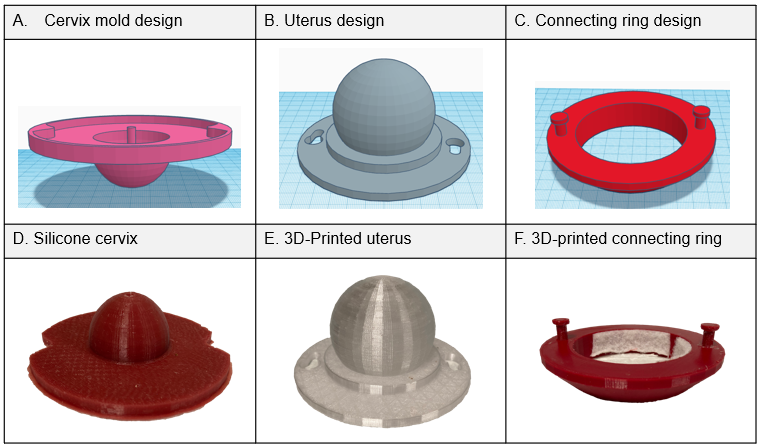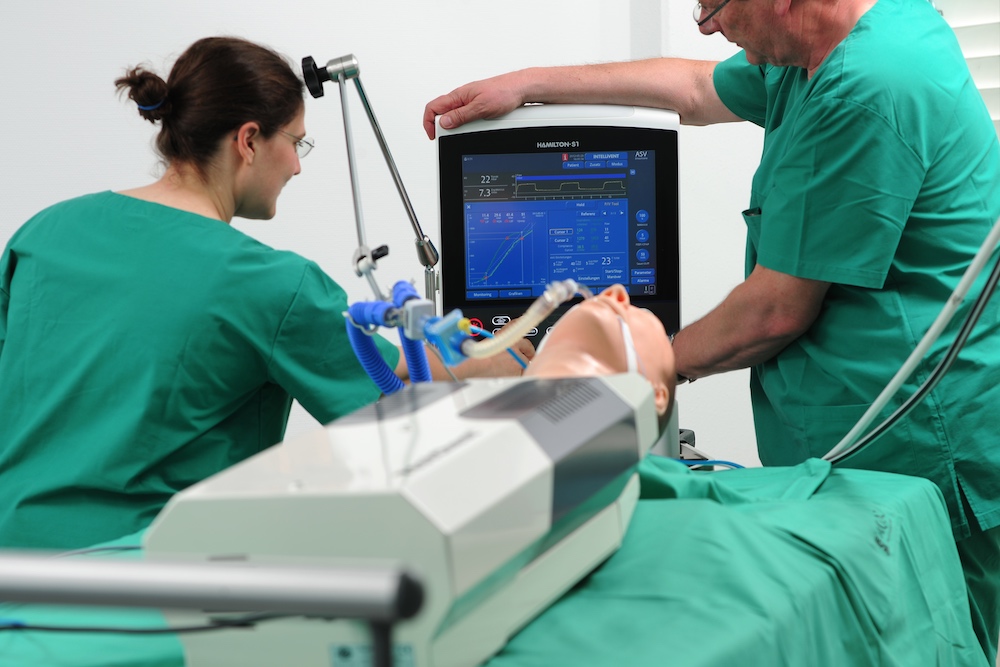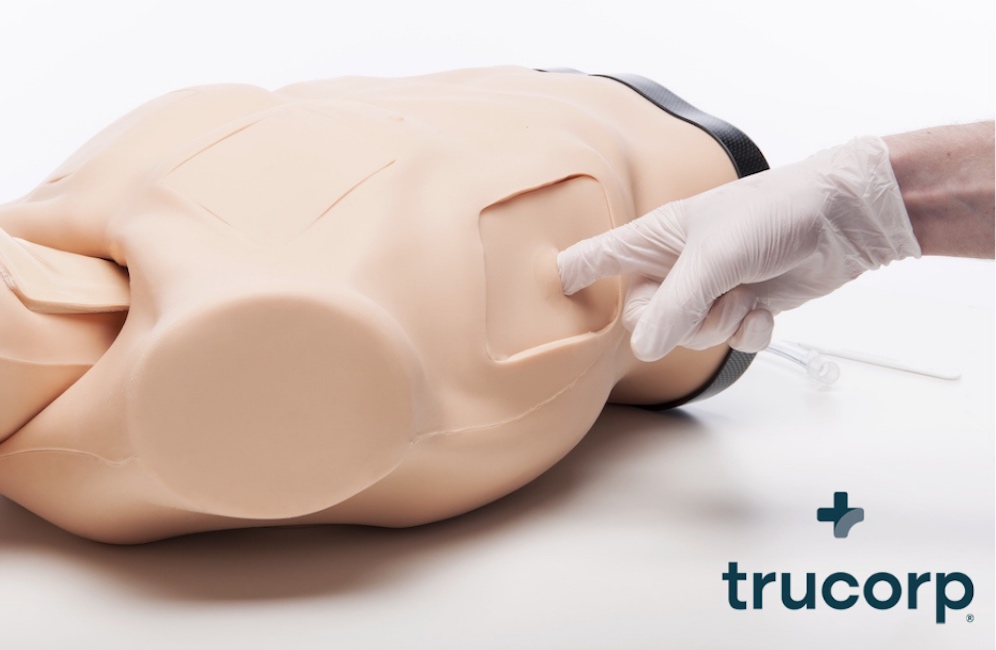Some of the latest trends in virtual reality medical simulation for anatomy, therapy, and research have included the use of 3D animation and haptics. Medical Simulation models incorporating this technology have helped to change the way learners are able to gain meaningful clinical experience. Ultimately, this type of computer and VR-based medical simulation research has had a vast impact on applications ranging from neurological and orthopedic surgery to obstetrics and geriatrics, as well as physiology simulation applications. This HealthySimulation.com article assesses such uses and provides examples of their application across medical simulation.
Another benefit of computerized (VR-based) medical simulation is that the applications help emphasize innovations in anatomical modeling, including the segmentation of medical images and meshing). The technology also helps survey open-source software resources relevant to anatomical and therapeutic/functional modeling, broadly defined, as well as haptics.
As discussed in a recent HealthySimulation.com LEARN Platform webinar presented by Michel Audette, Ph.D., the survey covered recent trends, including the application of deep neural networks to various types of models. During this healthcare simulation webinar, a learning objective included being able to understand the main model types in computerized medical simulation. Other learning objectives were to review relevant open-source software tools in computerized medical simulation and to anticipate research opportunities in medical simulation.
Examples of Open Source Tools for 3D Animation and Haptics
VTK: The Visualization Toolkit (VTK) is an open-source, freely available software system for 3D computer graphics, modeling, image processing, volume rendering, scientific visualization, and 2D plotting. The technology supports a wide variety of visualization algorithms and advanced modeling techniques, and VTK takes advantage of both threaded and distributed memory parallel processing for speed and scalability, respectively. VTK is designed to be platform agnostic. This means that the software runs just about anywhere, including on Linux, Windows, and Mac; on the Web; and on mobile devices.
OpenSim: OpenSim (hosted on SimTK, a free project-hosting platform for the biomedical computation community) is a freely available, user-extensible software system that lets users develop models of musculoskeletal structures and create dynamic simulations of movement. The software is easy-to-use, extensible for modeling, simulating, controlling, and analyzing the neuromusculoskeletal system.
The Musculoskeletal Atlas Project: Also hosted on SimTK, the Musculoskeletal Atlas Project (MAP) is an open-source software framework for creating musculoskeletal models. The software is built with a Python plug-in architecture, to enable quick and easy development from the community. The client-side application (MAP Client) facilitates Dicom and motion capture integration, registration tools, and meshing capabilities. The MAP database stores meshes from a larger population of medical imaging data, known as the Melbourne Femur Collection, which consists of 320 full-body CT scans. The MAP Client uses statistical shape modeling to provide the best match to your mocap and medical imaging data and generate surface geometry to generate an OpenSim model.
Interactive Medical Simulation Toolkit: The Interactive Medical Simulation Toolkit is a free and open-source software toolkit written in C++ that aids rapid prototyping of interactive multi-modal surgical simulations. iMSTK is extendable using third-party libraries in order to support broader end-to-end trainer and planner workflows and was carefully designed modules and a modern API to help build applications with clarity and ease. The toolkit is free to modify and distribute (including modified versions) under Apache 2.0 license.
The Computational Geometry Algorithms Library: The Computational Geometry Algorithms Library (CGAL) is a software project that provides easy access to efficient and reliable geometric algorithms in the form of a C++ library. CGAL is used in various areas needing geometric computation, such as geographic information systems, computer-aided design, molecular biology, medical imaging, computer graphics, and robotics.
The library offers data structures and algorithms like triangulations, Voronoi diagrams, Boolean operations on polygons and polyhedra, point set processing, arrangements of curves, surface and volume mesh generation, geometry processing, alpha shapes, convex hull algorithms, shape reconstruction, AABB, and KD trees.
Simulation Open Framework Architecture: Simulation Open Framework Architecture (SOFA) is an open-source framework targeting real-time simulation, with an emphasis on medical simulation. SOFA serves as an efficient framework dedicated to research, prototyping, and development of physics-based simulations. Developed for 16 years by an international community, SOFA is evolving every day and includes an open-source library distributed under LGPL license, hosted on GitHub.
The Pulse Physiology Engine: The Pulse Physiology Engine is a C++ based, open-source, multi-platform (Windows, Mac, and Linux), comprehensive human physiology simulator that drives medical education, research, and training technologies. The engine enables accurate and consistent physiology simulation across the medical community. The engine can be used as a standalone application or integrated with simulators, sensor interfaces, and models of all fidelities. The platform is advancing the engine and exploring new avenues of research, such as pediatrics, patient-specific modeling, and virtual surgery planning/rehearsal.













